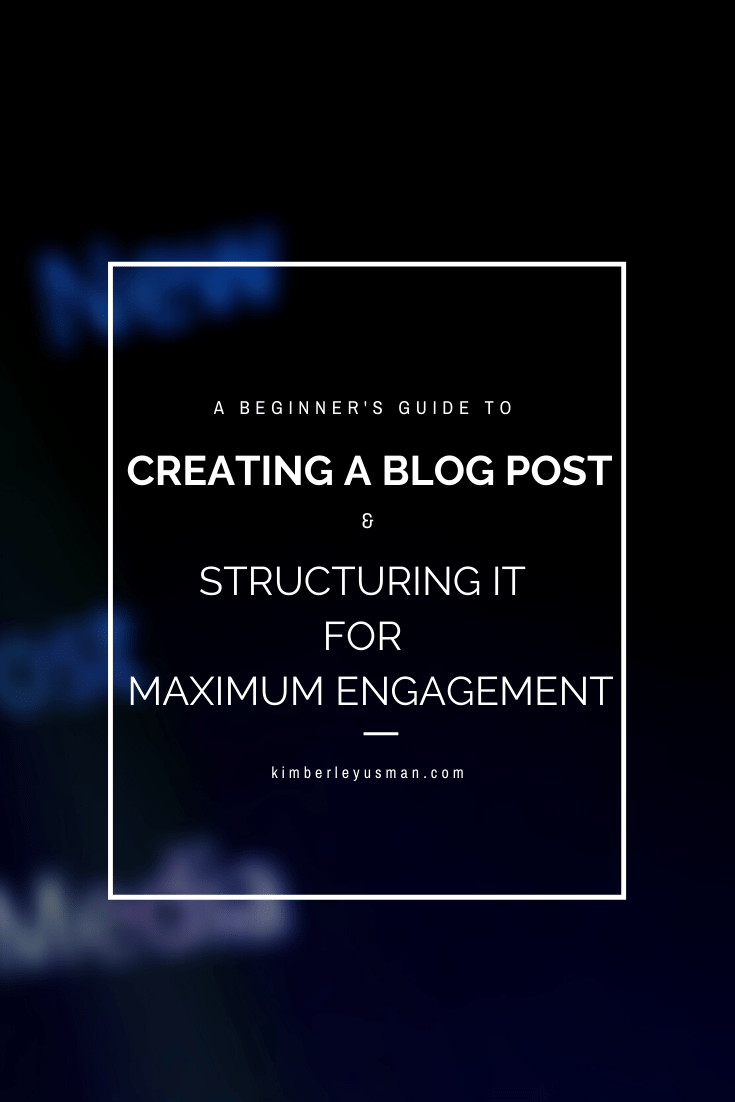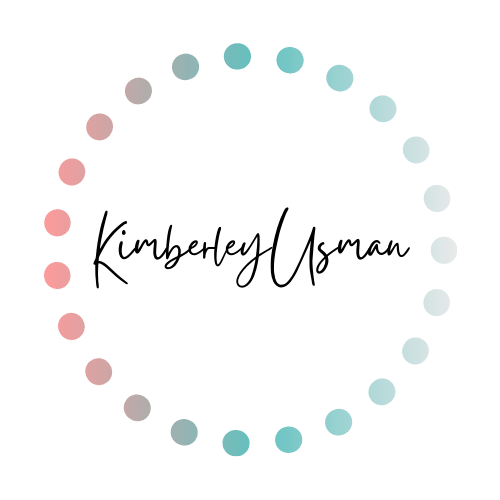Learn how to start creating blog posts and structuring them to engage readers.
Creating blog posts that are engaging and informative is key to building traffic and growing your blog. Growth in traffic means the chance to monetize your blog or increase any revenue you already make. However, while it is easy to simply write a blog post, having the right structure to your post is important to keep your readers engage, encourage them to return to your site, and entertain them well enough to spend quality time on your site- with quality time being:
- Clicking on external links
- Navigating through related blog posts
- Leaving comments
- Signing up for your email listing.
So how do you begin creating blog posts to drive traffic and grow your blog?
1-
Research popular keyword or phrases in relation to the topic you wish to write about
The first tip for creating quality blog posts is to write about what people are searching for, that is, popular topics in your niche. There are keyword research sites on which you can find the most researched keyword or key phrase in relation to the topic you wish to write about. However, I like to use common search engines like google and Pinterest to research keywords for articles I wish to write about. A properly phrased headline wouldn’t just drive traffic, it will prove the relevancy of your site over time.
2-
Avoid clickbait headlines at all cost
Clickbait headlines are the worse. Not only does it make your site look like a scam, but it can also make your readers very angry. The idea of writing articles is to provide relevant information. Additionally, if you are trying to build a business with your blog then the best thing would be to build trust with your readers. Not drive them away. Therefore, avoid clickbait headlines at all costs.
3-
Write to serve rather than to be served
Often, as newbie bloggers, we tend to write about the things we find interesting and whatever we want to talk about. In fact, most of us start blogs thinking we can write about everything on our minds and make money from it. But truth is, that would not be the case unless you’re a good storyteller.
To grow a blog, we need to serve others by providing them with useful information. The type that they can utilize in their lives. Information that will fix a problem that they have. By doing this, your readers will start trusting your word, therefore trusting your opinion on things and making purchases from you and as a result, you will reap greater rewards.
4-
Start the post with a statement you know to be true
Starting the post with a statement that you know to be true regarding the topic on hand, sets the pace for your writing. You may find that your words and ideas start to flow more freely and your confidence in the topic starts rising. This is also a great way to find the motivation to write at a time when you are facing burnout but still need to keep on creating content.
5-
Write first – Edit later
Start creating all blog post as a draft. Whether you choose to write on a physical paper or as a word document, use a method that would allow you to write freely. Create a plot for your post and beginning writing without trying to perfect your grammar. Let your creative mind take over- or your right-side brain. Later, once you have all the necessary information written down, you can proofread to correct grammar, paragraph placement and the overall appearance of the post.
6-
Be relatable. NOT Robotic
People love it when they can relate to things. Try to let your personality shine through when creating blog posts. Be professional in the sense that you do not share extremely personal details that might make readers uncomfortable. But show emotion, tell your story when you can, be friendly and let them know that you understand them. Avoid sounding uptight and robotic. Generally, people hate robotic tones like those commonly used on clickbait YouTube videos. It’s annoying and boring, and I am pretty sure that you do not want your readers to feel that way about your blog.
Creating blog posts isn’t talked about much for FREE. Most times you’ll need to purchase a course to get this type of information. Along with more research, I do hope that you will make use of this information by putting it into practice.
Blog Post structure
When creating blog posts, the style of your post may fluctuate. Meaning, the way in which information is being delivered, and the sizes and location of images. This style can be the same for every article you write, or you can switch things up to make it fun for your reader to navigate or simply fun for you to create.
However, there is a list of things that your post MUST include to help readers navigate throughout your post and site without confusion. The placement for some of these is optional depending on the look you prefer but whatever you do, try including it in each of your articles.
1-
Headline
The headline is basically the title of your blog. This is what gets the reader’s attention before they dive into reading the actual article.
2-
Tagline
A tagline isn’t necessary but can be used to give the readers a more in-depth understanding of how the blog post will benefit them.
3-
Introduction paragraph
An introduction paragraph gives a general overview of the topic you are writing about, such as definitions. It is a great practice to add a summary of your post as an introduction without giving too many details to help readers know why it’s important for them to keep on reading.
4-
Body
The body of your post will include the actual information you planned to share with your readers that day. This is where you break down the topic and serve the reader. The body of a post should include relevant images, external links to related articles you already created or even links to articles on someone else’s site. Use this space to provide value to your readers according to what was promised in the headline and tagline.
5-
Closing paragraph
A closing paragraph is where:
- you share your final thoughts on the topic,
- give instructions to like, share, follow and sign up for your email listing,
- leave a simple thank you message,
- Request readers to leave a comment.
It should be short and straight to the point because by now the reader might be getting ready to move on.
6-
Related articles
If you can, add a section with 2-3 related articles (to the topic they are currently reading about) that were created in the past. This is to encourage readers to stay on your site and simply move on to a related article of interest.
7-
Opt-in forms
Opt-in forms are added to your post based on relevancy after you sign up for an email listing site. Until then, you won’t need to add opt-in forms to your site because you won’t have any. However, they are vital for collecting emails from readers as a start to the business you wish to create via blogging.
The placement of opt-in forms can be changed depending on the style of your blog post and the style of the opt-in you created.
8-
Follow and share buttons
Follow buttons are for readers to get to know you more and to be on your social media profiles where you promote your articles after you create them.
Share buttons are for readers to share links to your article on their social media to give you exposure and to bring in new readers. Therefore, growing your traffic.
9-
Comment section
Of course, you want to know what readers think of your article after they read it. Therefore, you need to have a discussion section so that readers can place their comments and you can reply easily. This is usually placed at the end of your article, just before the footers.
10-
Legal pages
Links to your legal pages should be added to the footer menu and set up to be at the very bottom of every blog post and pages. You want to make this easy to access to prevent trouble with the law and make sure readers are aware of how information is used and stored on your site.
11-
About author
Readers sometimes are interested in knowing who wrote the post they are reading. It also helps to put a face to words in the readers mind as they browse through your work. Leave a photo and some details about you or the author of the current post to let the reader has some insight on whose words they are reading.
Scroll through this article, and you will find all of these in my structure along with my own addition for unique
If you found value in this article, please like, share and opt in for my Monday mails to get updates on the blog and see behind the scenes of blog posts in the making. Thank you!
Pin me ↓

Here's more
9 Tips to Get Your Life Together
To get your life together is to be your own parent. As you grow older, you might realize that there are many parts of your life that need change. You are no longer the careless youth you were. For me it happened as I got closer to entering my late twenties. I was so...
How to Create Simple and Successful Morning Routine
A Morning Routine is a set of habits you go through when you wake up to prepare you for taking on the day. But do you know that a successful morning routine starts the night before? It starts by going to bed mentally ready to take on the next day. Your actions in the...
Creating Routines around Irregular Work Hours
Routines are essential for achieving maximum productivity and unlocking bits of freedom in your day-to-day life. This means finally being able to work on your long-term goals with more consistency. Routines help you to know what to do and when to do it. But producing...




